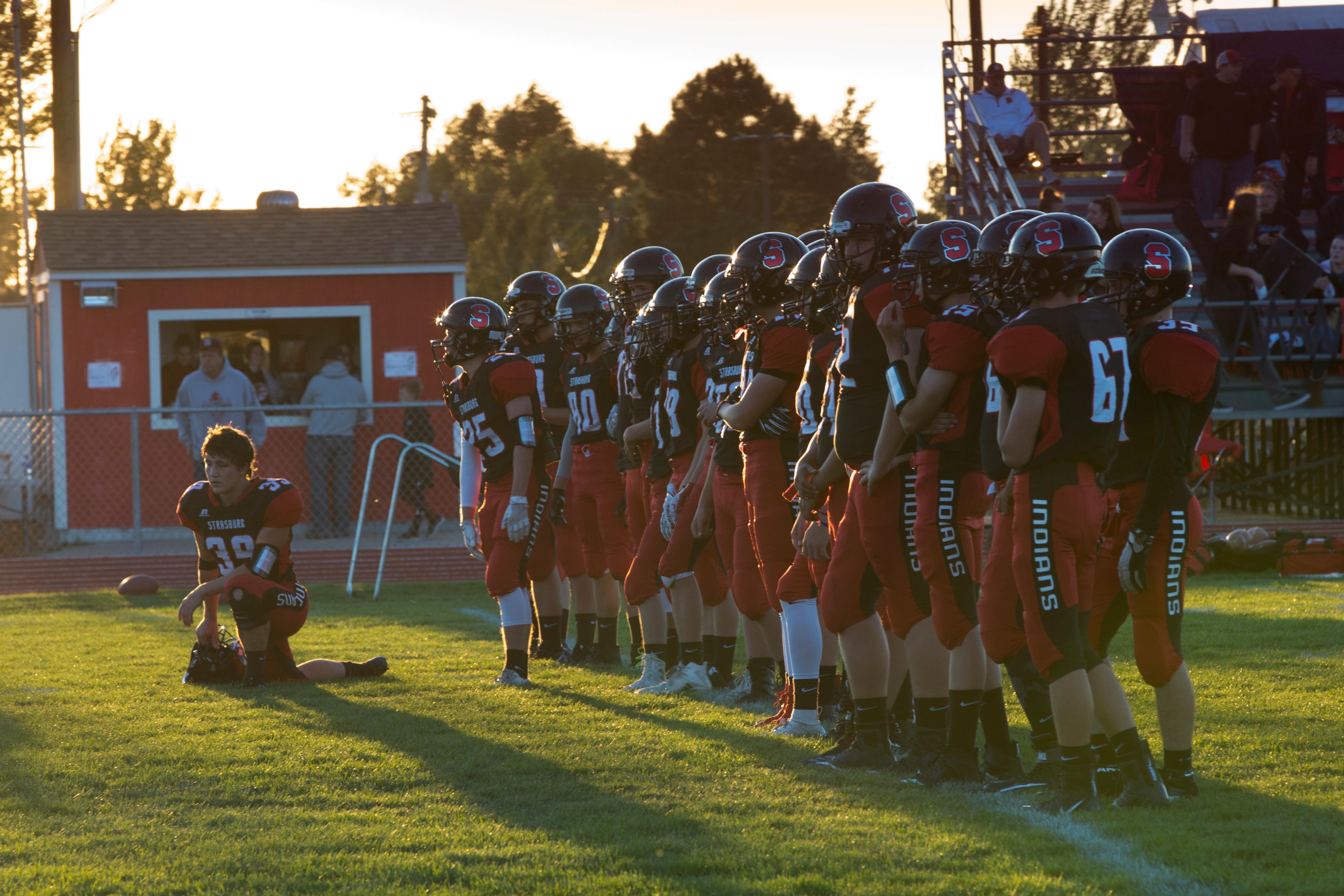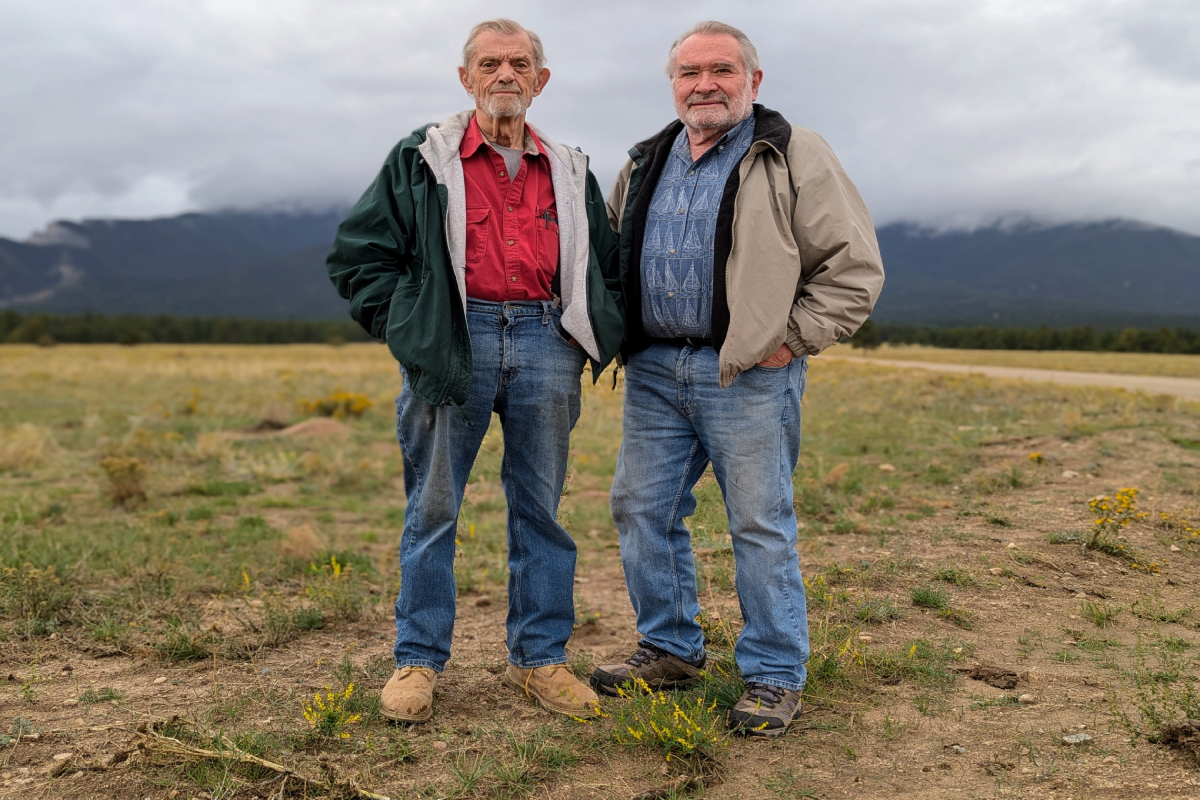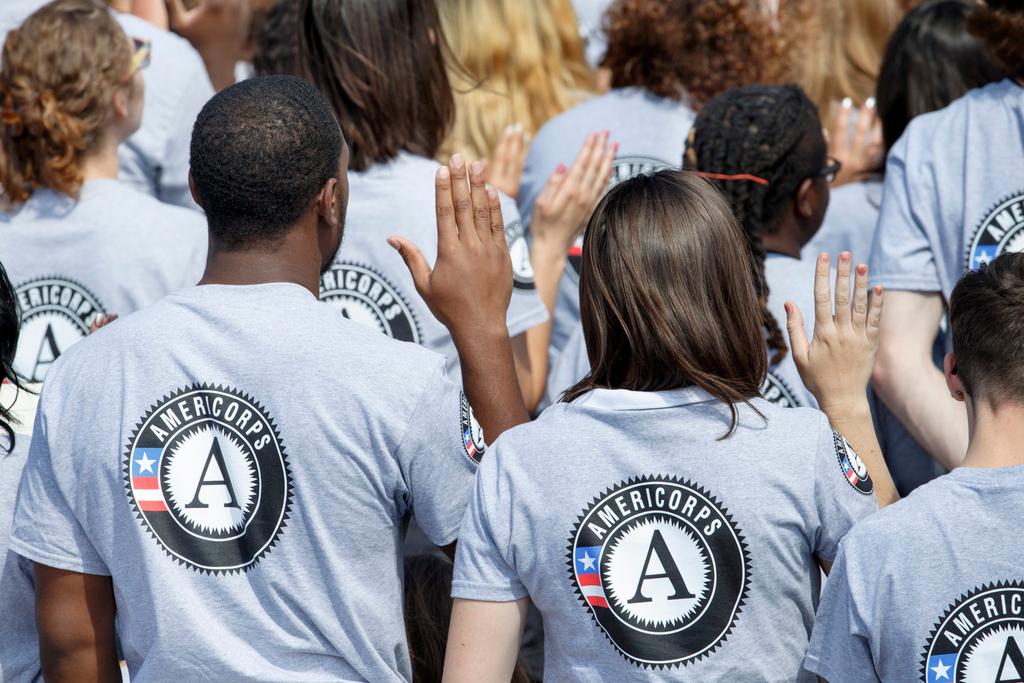
The name of Washington’s NFL team persisted for decades despite pushback from Native Americans and activists. It was decried as a slur that evoked memories of a troubled history with colonists and racists — and now the team has retired the moniker and logo in favor of a new, but unannounced, identity.
In the meantime, you can call them the Washington Football Team.
It's the latest change in what has become a watershed debate across the country as protesters, elected officials and the public now reconsider names, monuments, statues and landmarks in their historical context. It started with statues of the Confederacy and picked up momentum from there.
In Colorado, a statue of a Union soldier and another titled for Christopher Columbus have been toppled. Names of mountains, some slurs in their own right, will again be reconsidered. Despite this, the mascots and nicknames of public schools remain untouched. It is a debate that's happened here before. In 2015, the affair even rose to the highest levels of state government.
In a sense, it is unfinished business. Today, one of the state's schools, La Veta Junior-Senior High School, still shares the same athletic team name as the one Washington just cast aside.
Former Colorado Sen. Ben Nighthorse Campbell was one of the only Native Americans in Congress. During his tenure, he introduced a bill that blocked the Washington Football Team from building a stadium on federal land if it continued using its name. Now, he’s calling for Colorado’s schools to follow Washington’s lead and retire offensive iconography.
“They ought to come into this century and realize that they’re on the wrong side of history to keep using names if they are offensive to any minority,” Campbell said.
Lawmakers have tried and failed to force schools to ditch the names. These missed efforts caused then Gov. John Hickenlooper to create the Governor’s Commission to Study American Indian Representation in Public Schools in 2015. The commission, composed of Native American leaders and local educators, researched the use of mascots and depictions in schools.
Elicia Goodsoldier, a member of the Navajo Nation and the Spirit Lake Dakota Sioux tribe, was part of the commission. Her findings served as one of the cornerstones of the final report, which recommended the “elimination of American Indian mascots, imagery, and names, particularly those that are clearly derogatory and offensive”.
“Our children and our youth face some of the highest poverty levels in the nation, along with some of the highest suicide rates,” Goodsoldier said in a recent interview with CPR News. “So our young people are being inundated with this negative imagery while also carrying and dealing with some of the modern challenges.”
However, the commission’s advice mostly fell on deaf ears. Leaders pointed to Lamar High School, who goes by the “Savages,” and La Veta as the prime examples then. Both schools still use those identities today. Neither district agreed to be interviewed for this story.
Both said through email they will address the mascot question at a later point.
Some schools did take action based on the commission’s report. According to Ernest House Jr., the former executive director for the Colorado Commission of Indian Affairs, Strasburg High School was a particular highlight.
“They kept the name. They partnered with the Northern Arapaho tribe in Wyoming,” House said. “They invite them down every year to do an educational class with the students on what it means to be Arapahos. So it was a better partnership than when we very first started the conversation.”
Strasburg, a small high school about 40 miles east of Denver, call themselves the Indians. After the commission issued their final report, the logo was tweaked by a tribal elder.
Principal Jeff Rasp traveled to Wyoming with a student leader to usher in the partnership. He said schools cannot just change their name and call it a day, but they must incorporate Native American history into their curriculum.
“For us, the Native American plight is in many ways a genocide or at least an attempted genocide,” Rasp said. “It should be taught in every school.”
House Jr. shares a similar view. He said Native Americans in Colorado shouldn’t be immortalized through offensive depictions, but instead through educating students about historic injustices against those people.
“You know, Columbus Day, Thanksgiving, things like this that have now continued to come and make people more aware of what that true history looks like,” he said.
House Jr. knows things won’t change overnight and he knows it will be an uphill battle. But with the mental health of Native American students at risk, he’s willing to keep at it.
“The conversation that we're seeing nationally, the conversation that we're seeing around statues and around history and around place names and renaming possibly peaks and valleys that are potentially offensive, these are conversations that need to happen and they are difficult,” House Jr. said. “But it doesn't mean that we should not have the conversation, we shouldn't learn more about it, we shouldn't strive to be better.”








